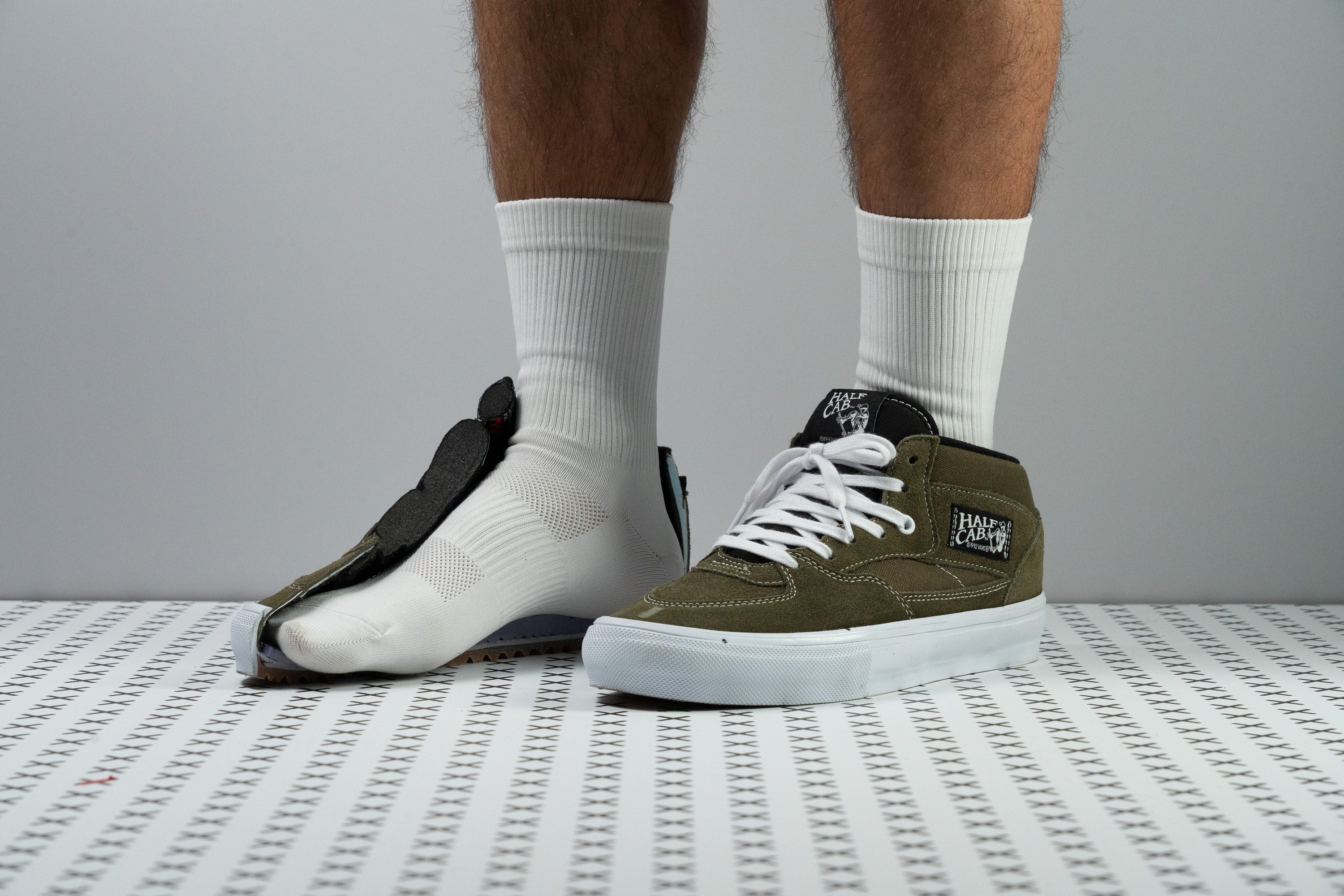Nuestra conclusión
Pros
- Dejan que sientas bien el skate
- Lengüeta gruesa y acolchada
- Agarre excelente
- Parte delantera espaciosa
- Estilo versátil
- Muy duraderas
- Plantilla intercambiable
- Asequibles
Contras
- Muy pesadas
- Problemas de estabilidad
Veredicto de los usuarios
Comparativa
Las sneakers más parecidas
+ + Añadir unas zapatillas | |||||
|---|---|---|---|---|---|
| Puntuación global | 86 Aceptables | 93 Notables | 89 Buenas | 92 Notables | |
| Precio | 95 € | 140 € | 90 € | 170 € | |
| Estilo | RetroDeportivas | ClásicasRetroDeportivas | ClásicasDeportivasMinimalistas | RetroDeportivas | |
| Absorción de impactos | - | - | - | Moderada | |
| Retorno de energía | - | - | - | Alto | |
| Tracción | - | - | - | Alta | |
| Transpirabilidad | Media | Baja | Baja | Baja | |
| Peso laboratorio | 17.4 oz / 493g | 15.1 oz / 427g | 14.7 oz / 418g | 16.3 oz / 462g | |
| Talla | Tallan bien | Tallan bien | Tallan bien | Tallan bien | |
| Rigidez de la mediasuela | Blanda | Blanda | - | Firme | |
| Material | AnteSuela Vulcanizada | CupsolePiel o cuero | LonaPiel o cueroAnte | Piel o cueroAnteTextil | |
| Temporada | PrimaveraOtoño | Invierno | Invierno | PrimaveraOtoño | |
| Inspiradas en | Skate | Baloncesto | Baloncesto | Baloncesto | |
| Anchura / ajuste | Ancha | Media | Estrecha | Media | |
| Anchura de la parte delantera | Media | Media | Estrecha | Media | |
| Calidad de la piel o cuero / ante | Ante auténtico | Cuero auténtico | Cuero auténtico | Ante auténtico | |
| Durabilidad de la parte delantera | Buena | Decente | Buena | Buena | |
| Durabilidad del acolchado del talón | Media | Media | Baja | Media | |
| Durabilidad de la suela exterior | Decente | Buena | Decente | Buena | |
| Altura de la suela en la zona del talón laboratorio | 21.8 mm | 22.2 mm | 17.5 mm | 25.5 mm | |
| Flexibilidad | Rígida | Rígida | Moderada | Rígida | |
| Acolchado de la lengüeta | Estándar | Estándar | Estándar | Estándar | |
| Drop laboratorio | 8.1 mm | 11.0 mm | 6.0 mm | 8.5 mm | |
| Antepié | 13.7 mm | 11.2 mm | 11.5 mm | 17.0 mm | |
| Plantilla extraíble | ✓ | ✓ | ✓ | ✓ | |
| Tirador del talón | Ninguno | Ninguno | Ninguno | Tirador circular | |
| Rigidez torsional | Flexibles | Moderadas | Flexibles | Firmes | |
| Rigidez del contrafuerte del talón | Moderadas | Fimes | Flexibles | Moderadas | |
| Cierre | Cordones | Cordones | Cordones | CordonesVelcro | |
| Caña | Caña media | Caña media | Caña media | Caña media | |
| Clasificación | #109 9% inferior | #31 Top 26% | #81 33% inferior | #36 Top 30% | |
| Popularidad | #47 Top 39% | #57 Top 48% | #49 Top 41% | #35 Top 29% |
¿Quién debería comprárselas?
Después de ver los resultados de nuestras pruebas de laboratorio y de uso, creemos que las Vans Half Cab son una buena opción para:
- Los usuarios a los que les gustan las zapatillas con lengüetas muy gruesas.
- Las personas que no tienen problemas con los pares de ante, piel, u otros materiales derivados de animales.
- Los amantes del skate que quieren un modelo plano y estable
- Los que quieren unas zapatillas resistentes.
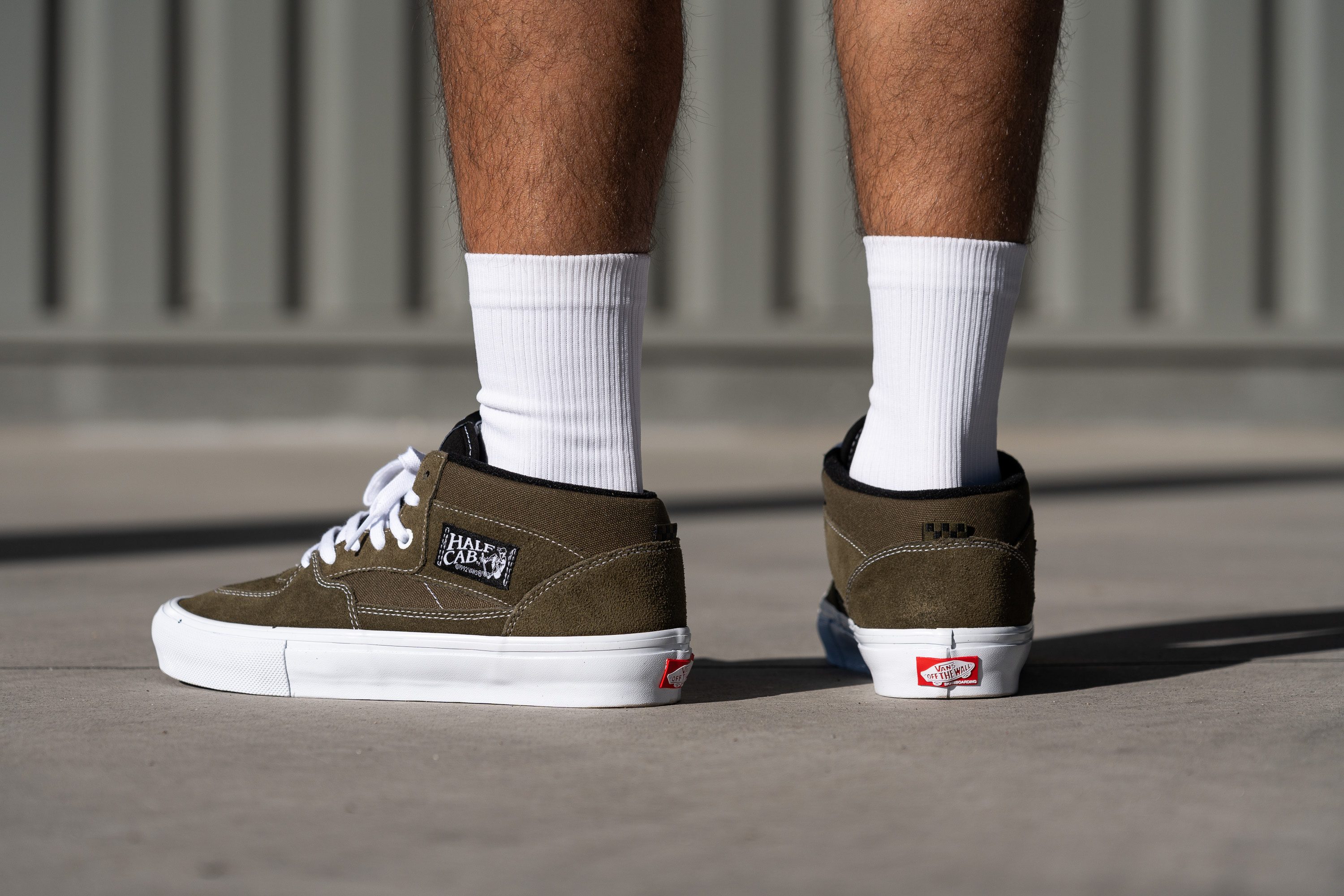
¿Quién NO debería comprárselas?
La verdad es que las sentimos muy pesadas en los pies. Tanto, que hasta las Adidas Campus 00S, que son un poco pesadas, nos parecieron más ligeras. Las Vans Slip-On también son una buena alternativa.
Siguiendo nuestra experiencia con ellas, podemos decirte que su estabilidad era lo que más nos preocupaba. Sus laterales no son muy rígidos, no tienen mucha rigidez torsional y la plataforma es más estrecha de lo habitual. Si estás buscando un par más estable, ve a por las Vans Old Skool.

Amortiguación
Altura de la suela en la zona del talón
Como son pesadas, nos sorprendió ver que su mediasuela es más tirando a fina. En el talón, tiene una altura de solo 21,8 mm segúnnuestro calibre, que es una cifra un 30 % inferior a la media.
¿Que cómo la sentimos en los pies? Pues la verdad es que la experiencia fue buena. Como tienen un perfil más bajo, nos dieron más control sobre nuestros pasos, lo que fue de gran ayuda teniendo en cuenta que son unas zapatillas pesadas.
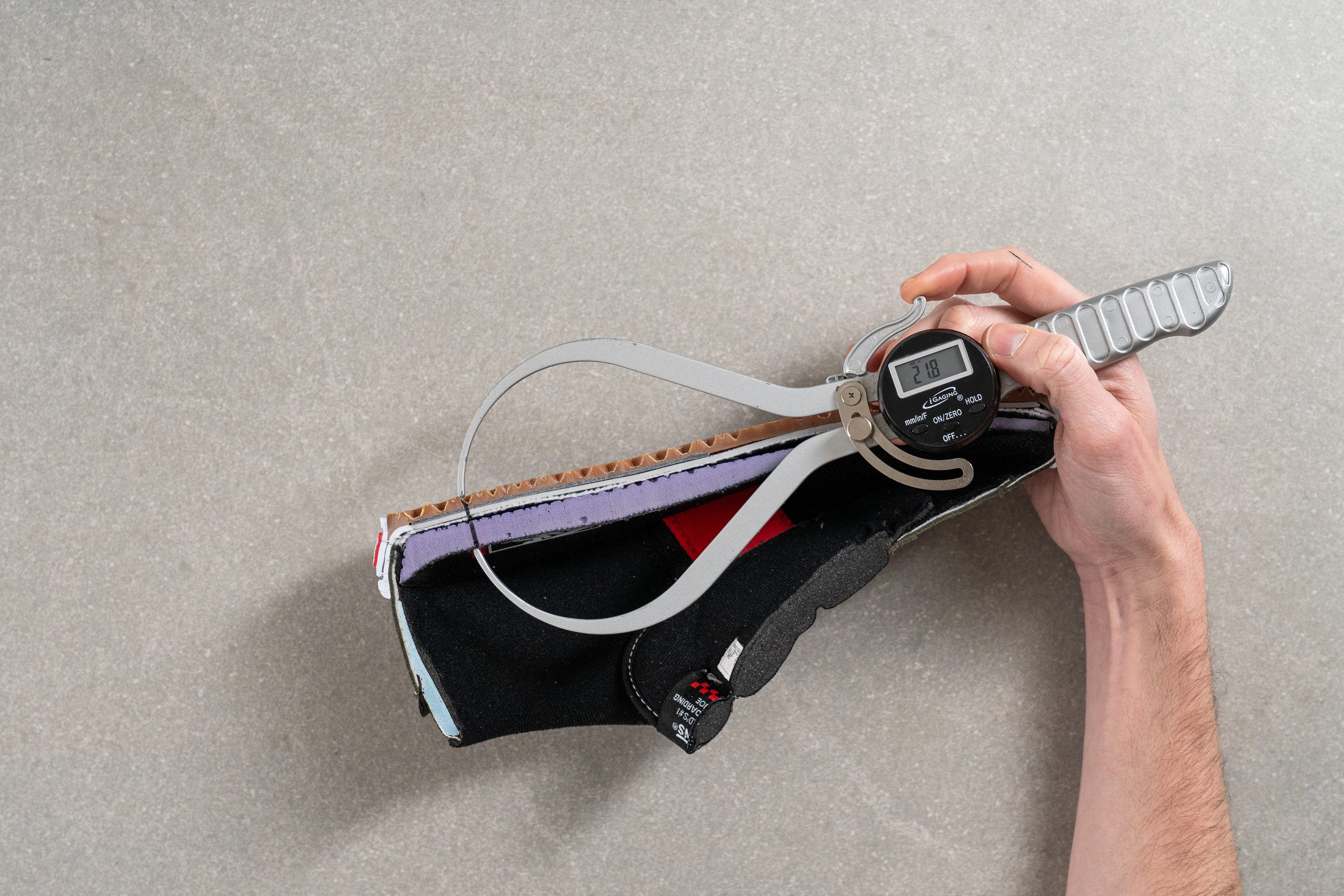
| Half Cab | 21.8 mm |
| Media | 30.7 mm |
Altura de la suela en el antepié
El antepié es más fino que la media, con 13,7 mm. Nos encantó cómo nos acercó al suelo, ya que nos sentimos más rápidos en cada movimiento.
Aun así, creemos que a los amantes de la amortiguación se les quedarán cortas. Probablemente estén más contentos con las Adidas Alphaboost V1, sobre todo porque ya están de rebajas.

| Half Cab | 13.7 mm |
| Media | 19.5 mm |
Drop
Las Vans Half Cab son más planas de lo habitual, con un drop talón-punta de 8,1 mm. No a todo el mundo le gusta la elevación del talón, así que estas zapatillas son una alternativa muy bienvenida.

| Half Cab | 8.1 mm |
| Media | 11.2 mm |
Suavidad de la mediasuela
Aunque la suela vulcanizada y la suela exterior de caucho las hacen más firmes, estas zapatillas siguen siendo cómodas.
Una plantilla ultra-gruesa juega un papel fundamental en la experiencia bajo los pies de estas Vans. Nos pareció increíblemente blanda con 15,0 HA, ¡un 100 % más blanda que la media de las mediasuelas de las zapatillas!
Hacía mucho más agradables los largos periodos de uso de este par.
| Half Cab | 15.0 HA |
| Media | 28.6 HA |
Tallaje y ajuste
Talla
Las Vans Half Cab tallan bien (14 votos).
Anchura / Ajuste
Aunque las Half Cab tienen una plataforma bastante estrecha, su interior nos sorprendió con lo espacioso que es.
Cuando medimos su punto más ancho con nuestro calibre, marcó un resultado muy alto: 96,8 mm. Sin duda, estas zapatillas son bastante más anchas que la media.
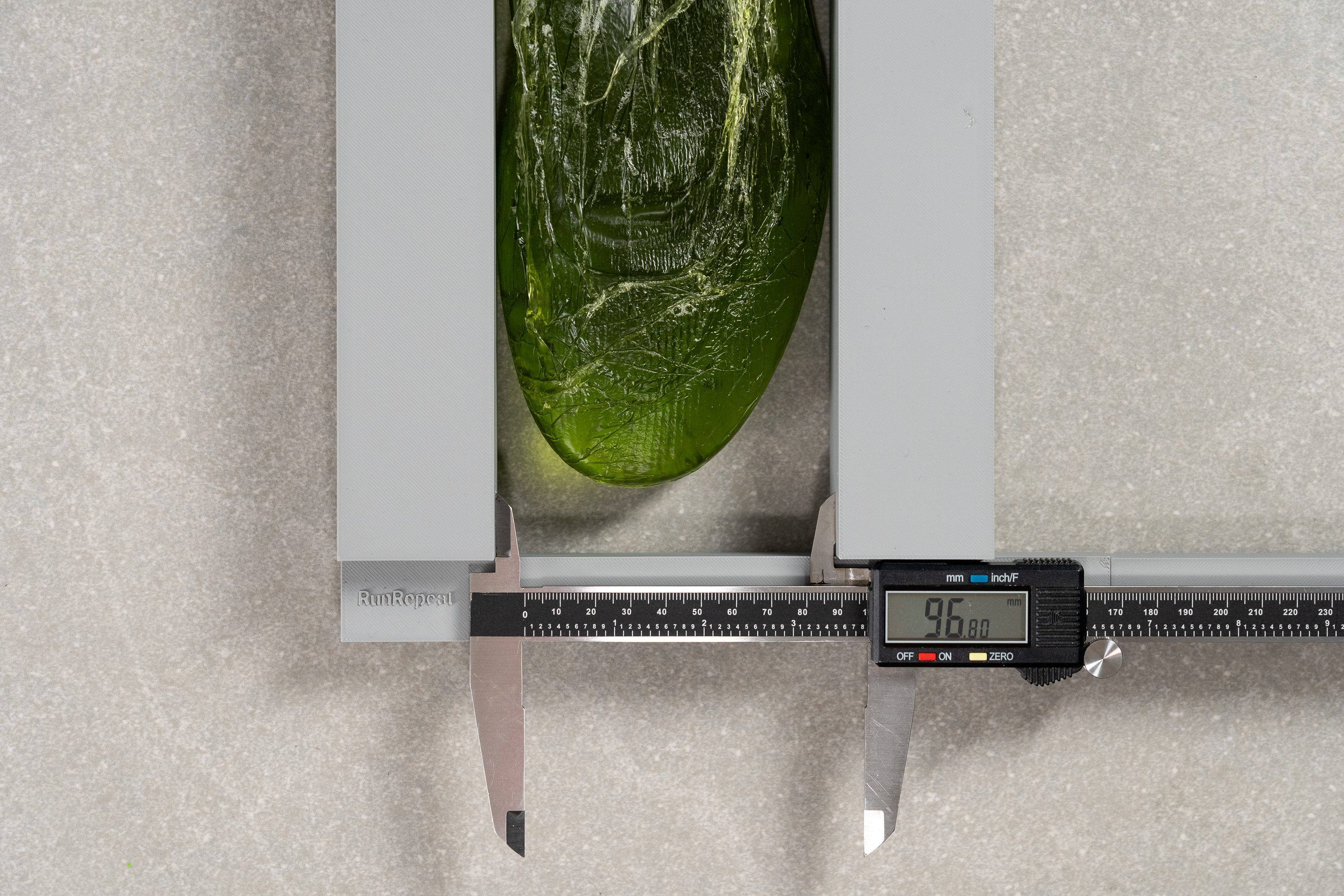
| Half Cab | 96.8 mm |
| Media | 92.5 mm |
Anchura de la parte delantera
Tampoco es que se estrechen mucho hacia la punta. Cuando medimos su anchura en la zona del dedo gordo, nuestro calibre marcó un resultado superior a la media: 69,8 mm.
Vamos, que tuvimos mucho espacio para mover los dedos. Estas zapatillas nos parecieron cómodas y etables tanto en las aceras como en el skate.
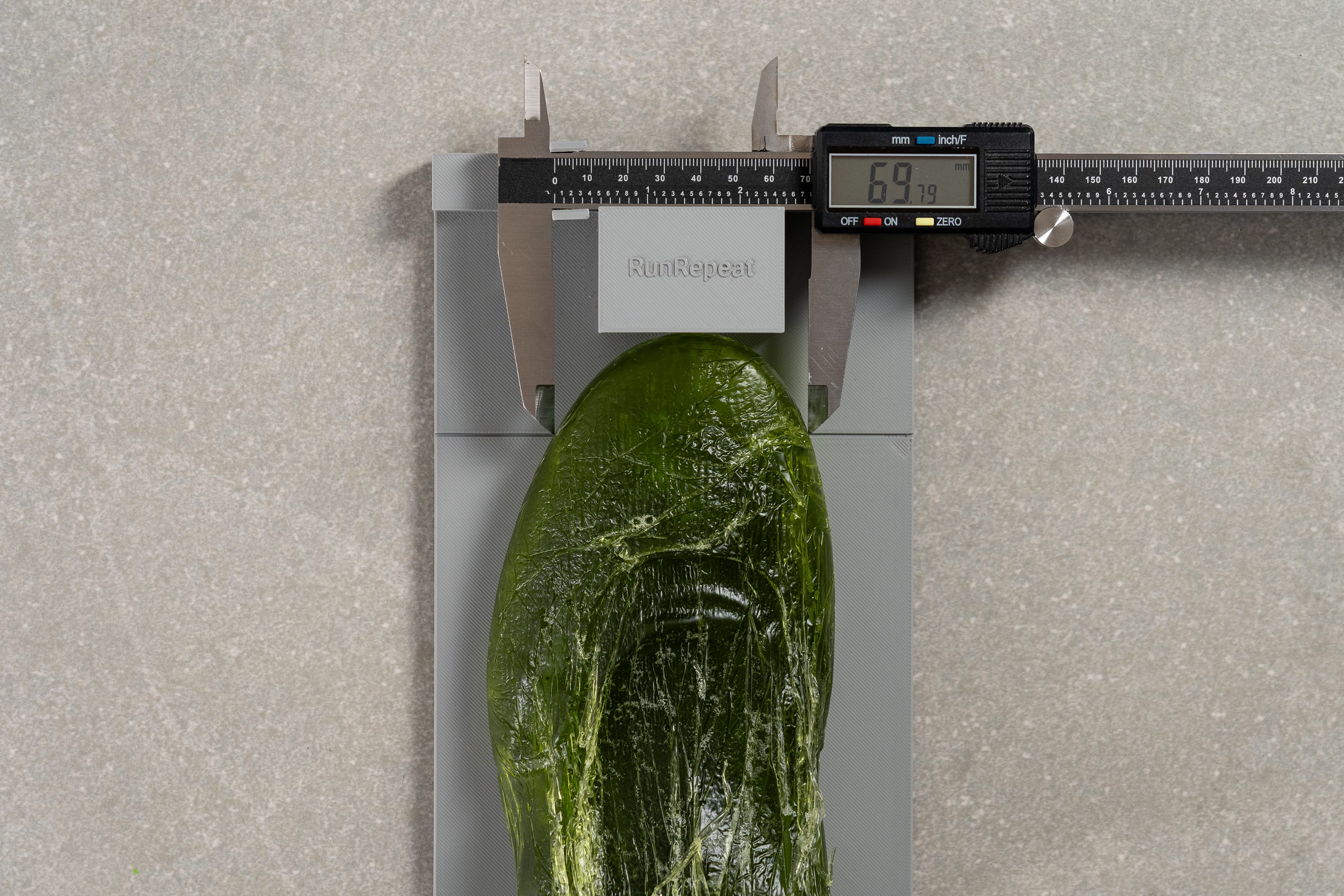
| Half Cab | 69.8 mm |
| Media | 68.9 mm |
Altura de la parte delantera
Eso sí, igual sientes que estas zapatillas tienen poco espacio vertical. Sus 23,0 mm nos lo dejaron claro, y nuestros pies estuvieron de acuerdo. Pero bueno, esto es lo malo de la suela vulcanizada.
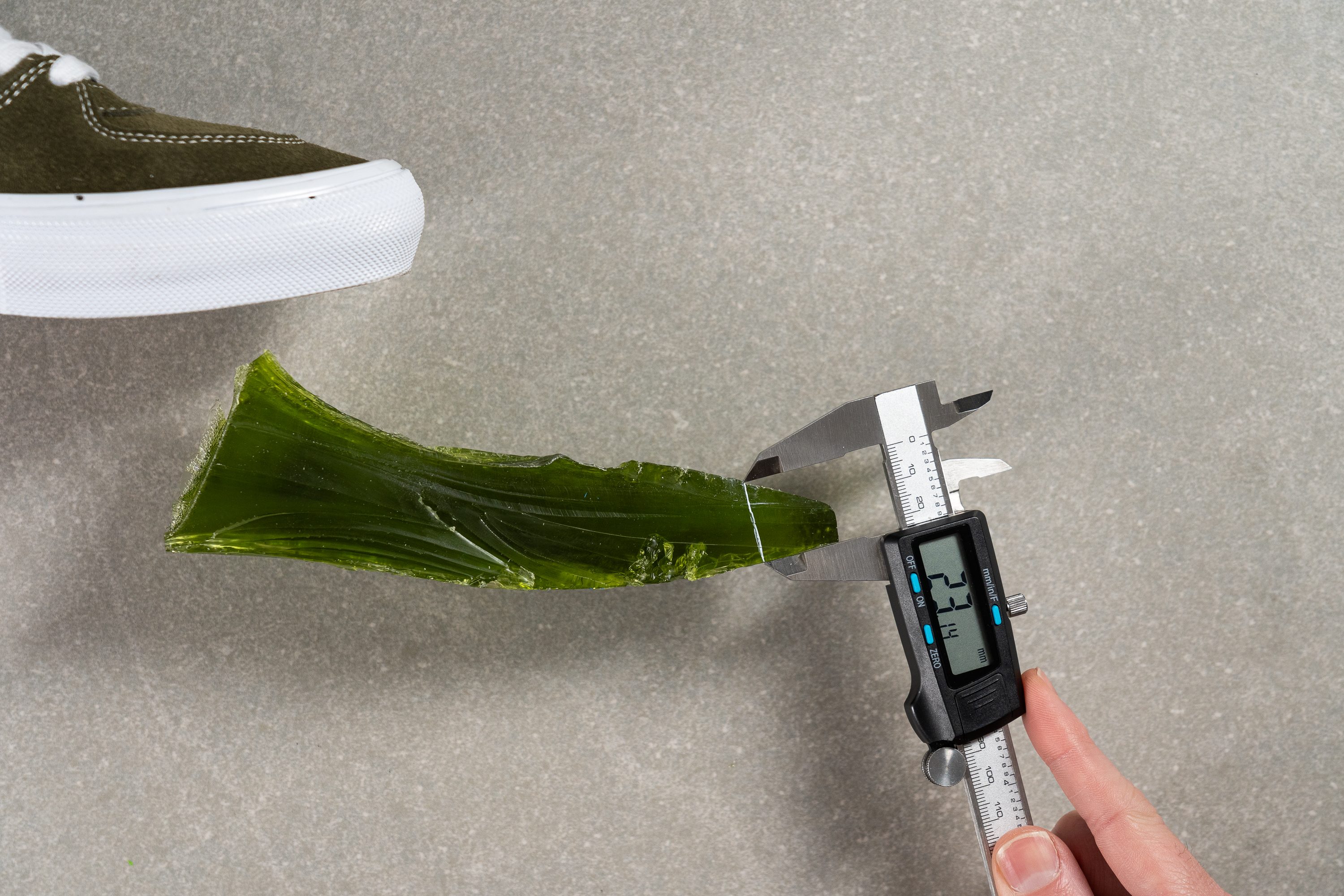
| Half Cab | 23.0 mm |
| Media | 27.8 mm |
Flexibilidad / Rigidez
Flexibility / Stiffness
Despite its low twist resistance, the Vans Half Cab still had the typical amount of flexibility overall. After performing our standard flexibility test on it, we learned that it needed 22.6N of force to bend at 90 degrees. This number is almost equal to the amount of force the average sneaker would need.
En esta prueba se utiliza una metodología antigua, así que no verás las zapatillas que hemos analizado últimamente en la tabla. Los resultados obtenidos con metodologías distintas no se pueden comparar.
| Half Cab | 22.6N |
| Media | 23.3N |
Peso
El peso es, sin duda, un obstáculo para estas zapatillas. Con sus 493 gramos (17,4 onzas), las sentimos muy pesadas en los pies. Teníamos que estar totalmente concentrados en lo que estuviéramos haciendo para no sentir el peso de las Half Cab.
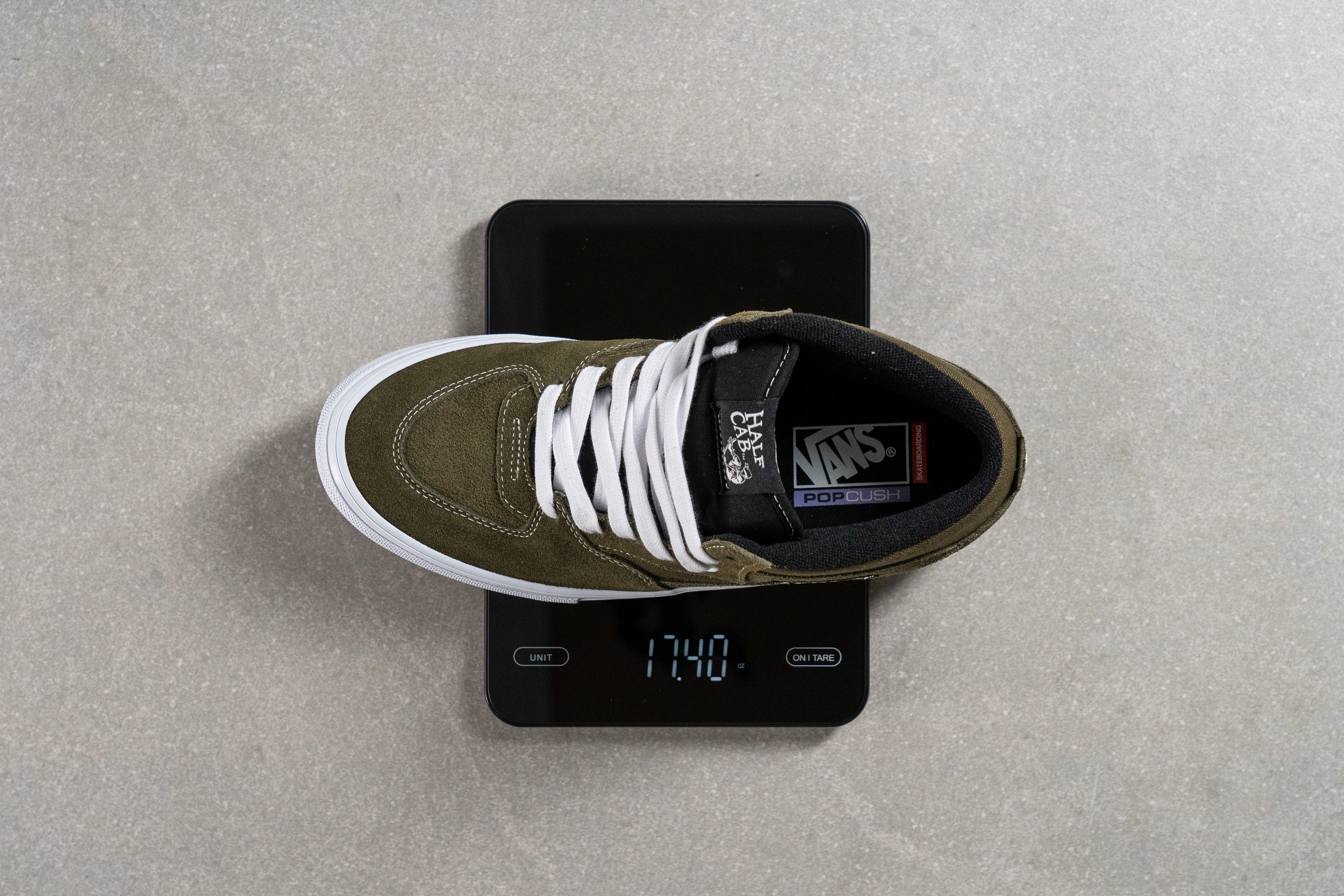
| Half Cab | 17.4 oz (493g) |
| Media | 13.8 oz (390g) |
Transpirabilidad
La transpirabilidad no fue un problema para nosotros, ya que este modelo dejó que nuestros pies respirasen tanto como las zapatillas tipo casual que analizamos en general. Lo que nos parece todo un logro, la verdad, ya que están diseñadas con materiales sin poros.
Las New Balance 57/40 obtuvieron un 4 de 5 en nuestra prueba de transpirabilidad y, como puedes ver en el vídeo de arriba, las Half Cab de Vans tienen un rendimiento bastante similar. La única diferencia es que una gran parte del humo solo podía escapar por la lengüeta. El 3 de 5 que les hemos dado está bastante justificado.
La prueba de luz que realizamos confirmó que el material que componía la parte superior no tenía poros por los que pudiera pasar el humo o incluso la luz.

Examinamos el material de la parte superior, que verificamos como ante en otra prueba, y solo se mostró como un bloque sólido bajo el microscopio. Sin la lengüeta y su diseño sin refuerzo, habría sido difícil que entrase y saliese el aire.
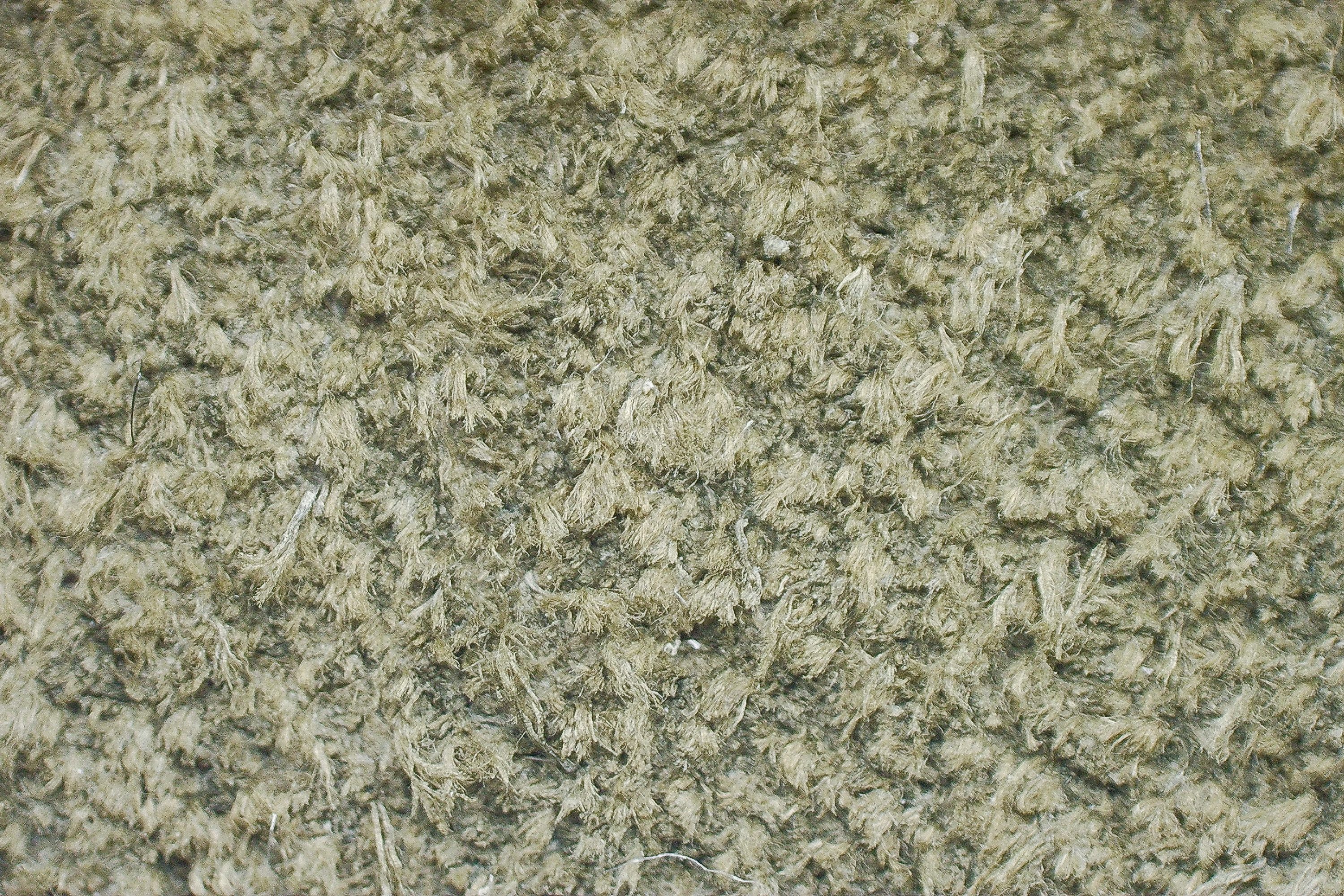
| Half Cab | 3 |
| Media | 3 |
Estabilidad
Prueba de estabilidad lateral
Los laterales fueron como un pequeño desafío cuando nos pusimos las Half Cab. Al estar hechos de ante, eran blandos, que es algo que al final tuvo un efecto negativo en la estabilidad general de las zapatillas.
Rigidez torsional
Con el diseño de su suela vulcanizada, nos sorprendió que no fuesen tan resistentes cuando las doblamos. Ni siquiera tuvimos que hacer mucho esfuerzo para conseguir retorcerlas.
Solo se llevaron un 2 de 5 en rigidez torsional.
Pero, espera, ¡no queremos decir que esto sea malo! Esta flexibilidad también tenía sus ventajas, sobre todo cuando nos tocaba movernos o posar en ángulos peculiares.
| Half Cab | 2 |
| Media | 3.6 |
Rigidez del contrafuerte del talón
El contrafuerte del talón nos dio una seguridad estándar. Diríamos que su agarre es el justo y necesario, y el 3/5 que se llevó en rigidez va bastante acorde con su rendimiento.
| Half Cab | 3 |
| Media | 3.2 |
Anchura de la mediasuela - antepié
La plataforma nos pareció un poco más estrecha de lo habitual. Cuando la medimos con un calibre, el antepié marcó solo 100,4 mm, una cifra inferior a la media.
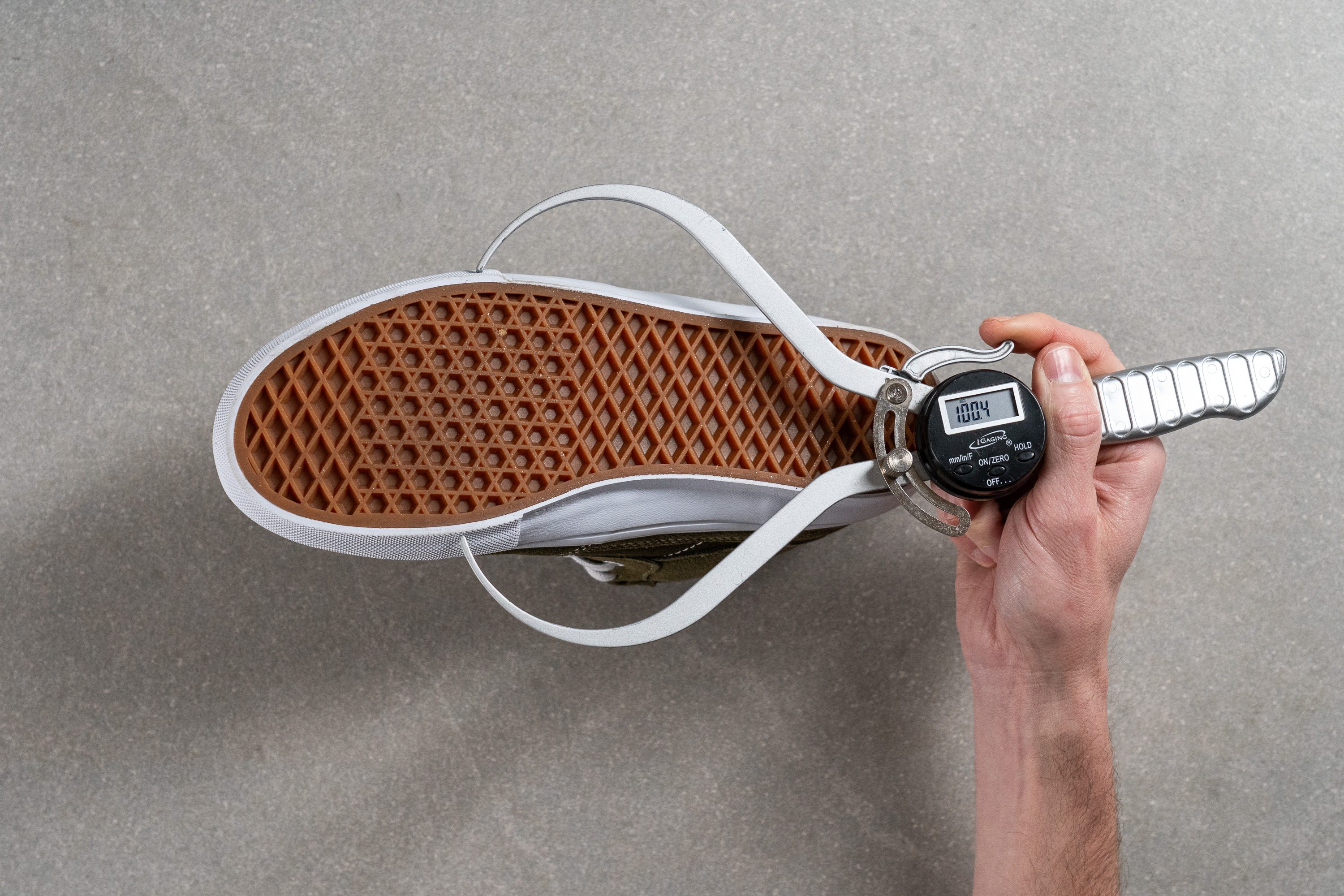
| Half Cab | 100.4 mm |
| Media | 108.9 mm |
Anchura de la mediasuela - talón
La diferencia en la zona del talón era aún más pronunciada que la del antepié. La anchura de 69,4 mm es muy inferior a la media registrada.
Aunque la pisada, mucho más estrecha, no hizo que nos tropezásemos, sí que afectó a nuestra confianza para hacer movimiento más atrevidos. Si te preocupa la estabilidad, probablemente te vayan mejor las Vans Old Skool.

| Half Cab | 69.4 mm |
| Media | 84.0 mm |
Durabilidad
Calidad de la piel o cuero / ante
Para comprobar si la parte superior es de ante, les hicimos una prueba de fuego... literalmente. Acercamos la llama a los materiales y los rascamos con un punzón. Los resultados fueron convincentes: el material es bastante resistente a la combustión, así que podemos concluir que, efectivamente, se trataba de ante. El olor a pelo quemado durante la prueba también fue inconfundible.
| Half Cab | Ante auténtico |
Durabilidad de la parte delantera
Al ser de ante, nos esperábamos que fuesen unas zapatillas bastante resistentes.
Y no nos decepcionaron. Las golpeamos accidental e intencionadamente contra superficies duras y aguantaron sin problema.
Nuestra experiencia sobre la resistencia se confirmó cuando realizamos nuestra prueba estándar con el Dremel en la parte delantera de las Vans Half Cab. La perforación a alta presión nunca atravesó el ante, y el daño causado casi ni se ve.
Sus resultados fueron mejores que los de las New Balance 530, que acabaron con un agujero. Sin duda, las Half Cab se merecen un 5/5 perfecto en resistencia de la parte delantera.
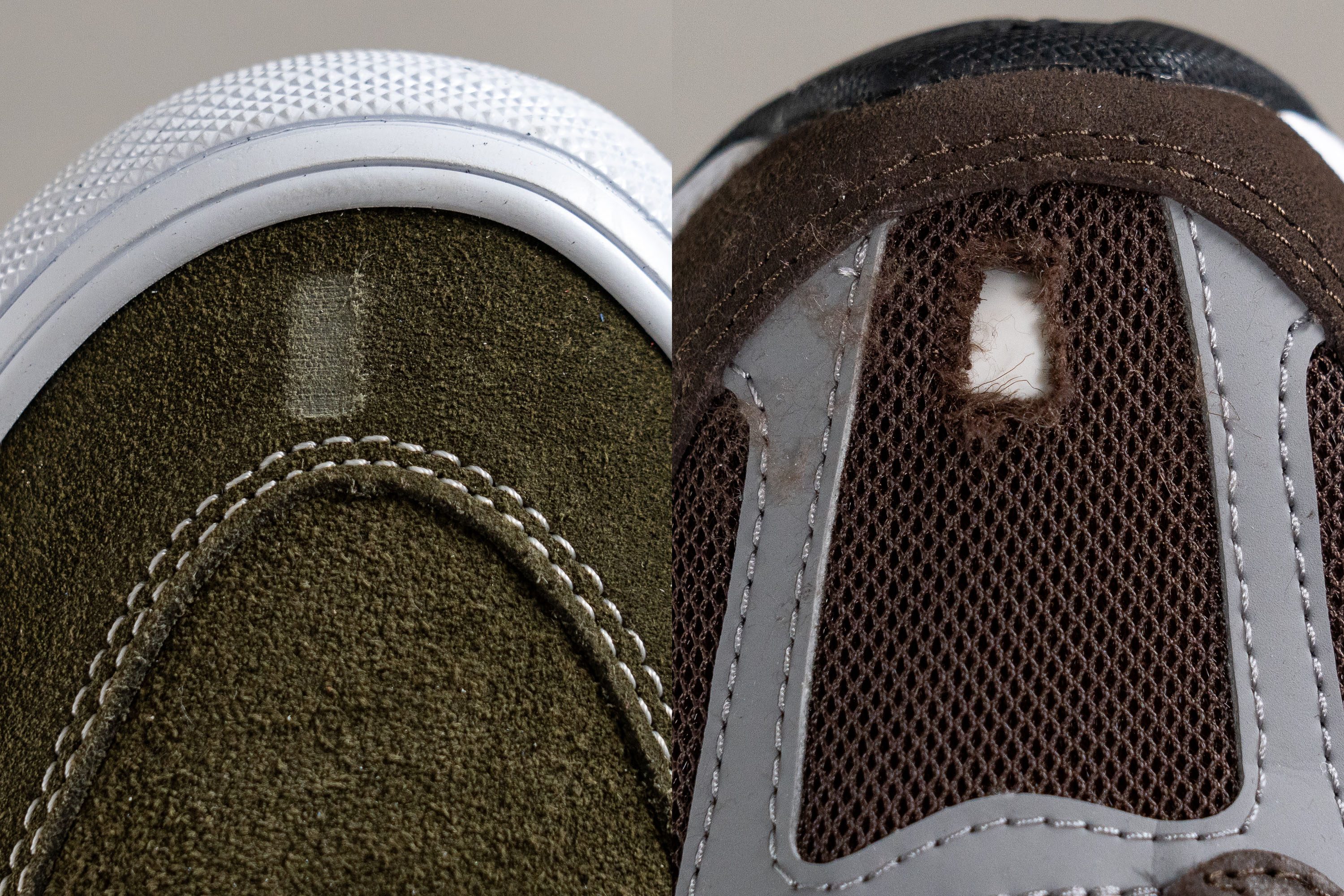
| Half Cab | 5 |
| Media | 3.7 |
Durabilidad del acolchado del talón
Al igual que la parte delantera, el acolchado del talón mostró una resistencia fantástica. Ni cuando le dimos caña se rindió.
Después de nuestra prueba con el Dremel en el acolchado del talón, el daño que observamos fue mucho menor que el que vimos en las New Balance 237 (que solo obtuvieron un 1 de 5, por cierto). Las Half Cab se han llevado un 4/5.
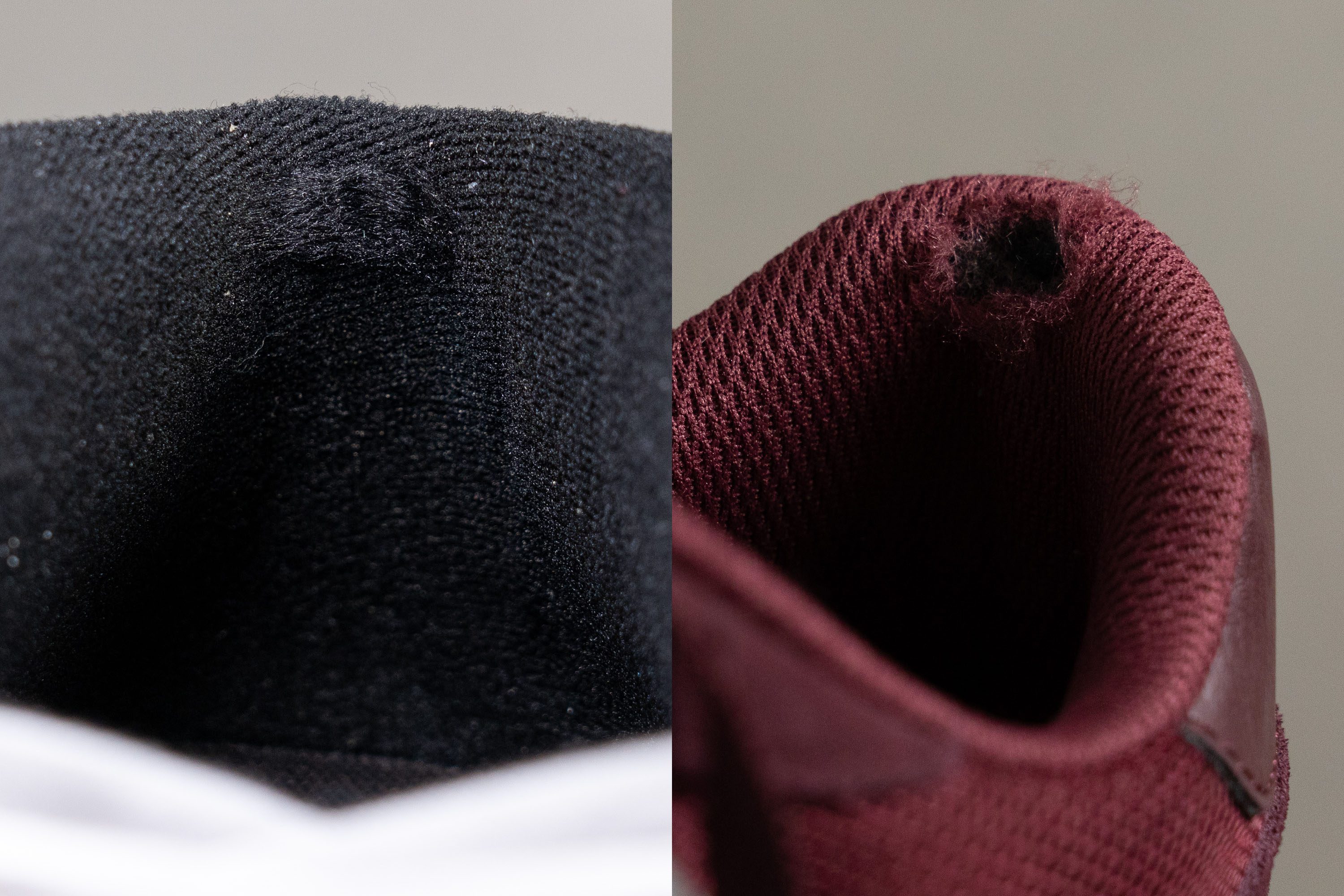
| Half Cab | 4 |
| Media | 3.2 |
Dureza de la suela
En cuanto a la dureza de la suela exterior, nos pareció que las Vans Half Cab no eran ni mejores ni peores que muchas de las zapatillas que habíamos analizado en nuestro laboratorio. Con el cuidado adecuado, este modelo debería ser capaz de aguantar hasta el uso en superficies exteriores duras de vez en cuando.
Nuestro durómetro le dio una puntuación de 82,5 HC, una cifra que se sitúa justo en la media.
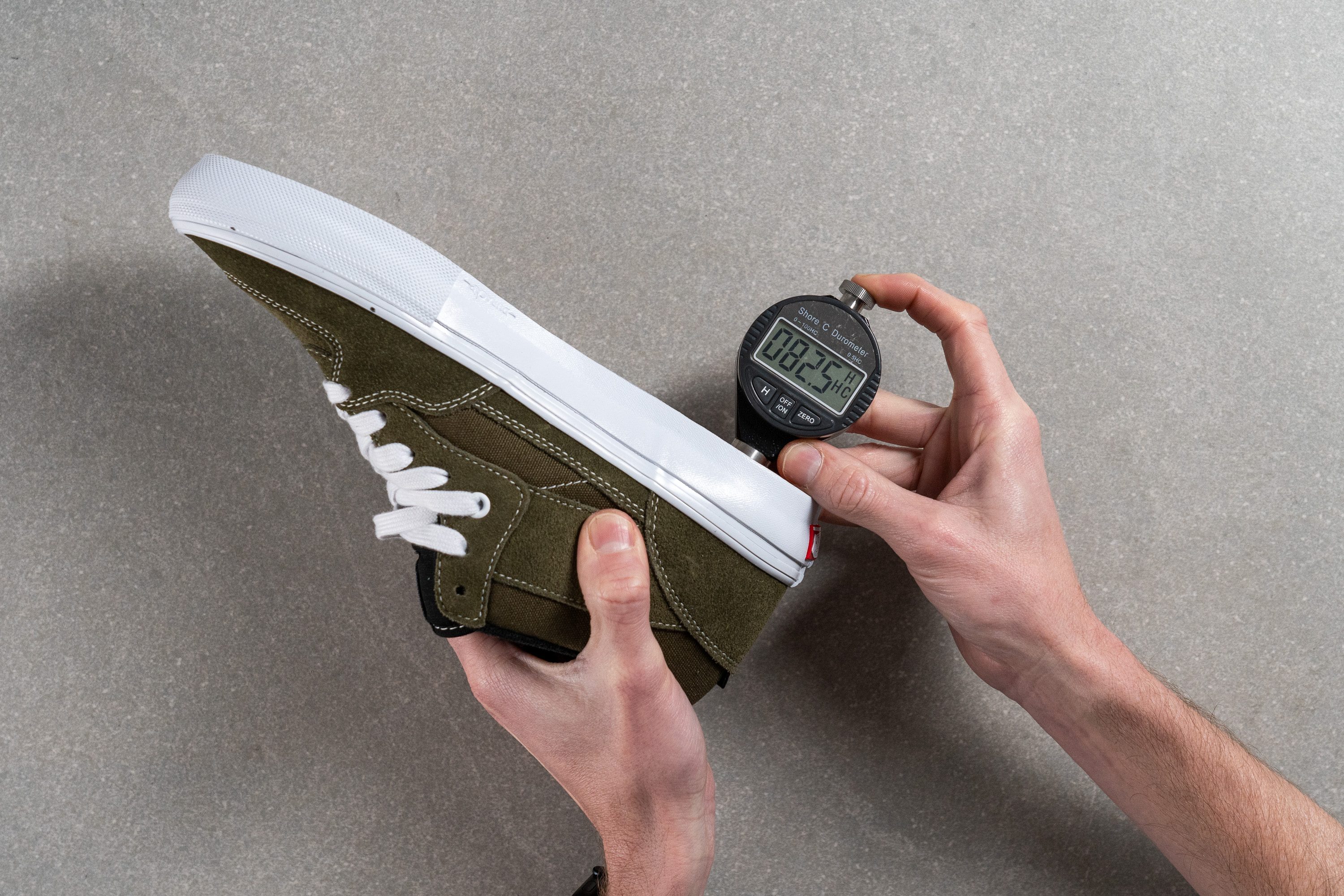
| Half Cab | 82.5 HC |
| Media | 85.7 HC |
Durabilidad de la suela
La dureza de la suela parecía indicar su resistencia.
Presionamos el Dremel contra la suela exterior, y el daño resultante fue de 1,4 mm de profundidad. Esta cifra está cera de la media.
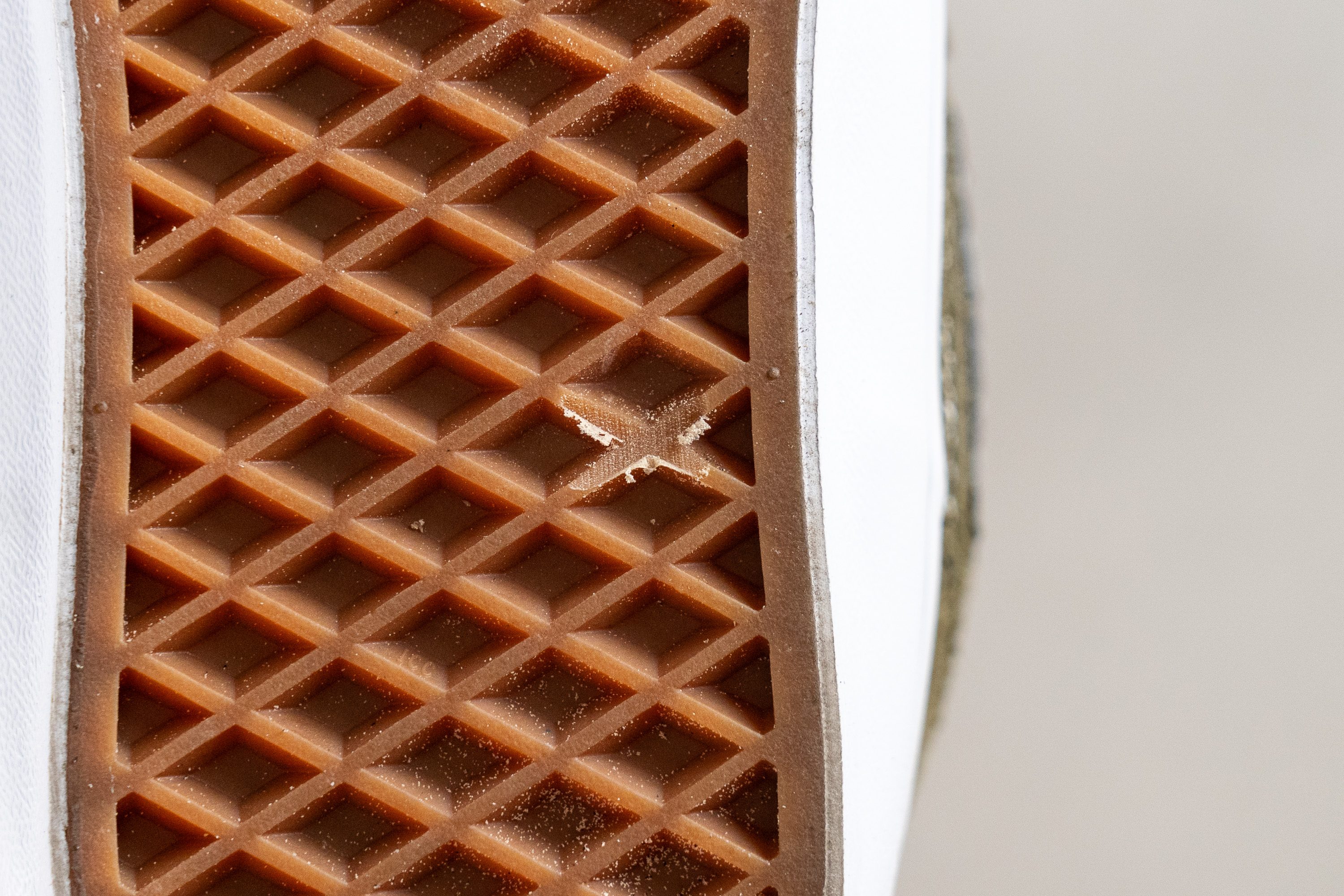
| Half Cab | 1.4 mm |
| Media | 1.1 mm |
Grosor de la suela
El grosor de la suela exterior también está dentro de la media. Según nuestro calibre, tiene un grosor de 6,1 mm.

| Half Cab | 6.1 mm |
| Media | 5.3 mm |
Varios
Grosor de la plantilla
Hemos comprobado que la plantilla de estas zapatillas es más del doble de gruesa que la media, con 11,5 mm. De hecho, es una de las plantillas extraíbles más gruesas que hemos visto.
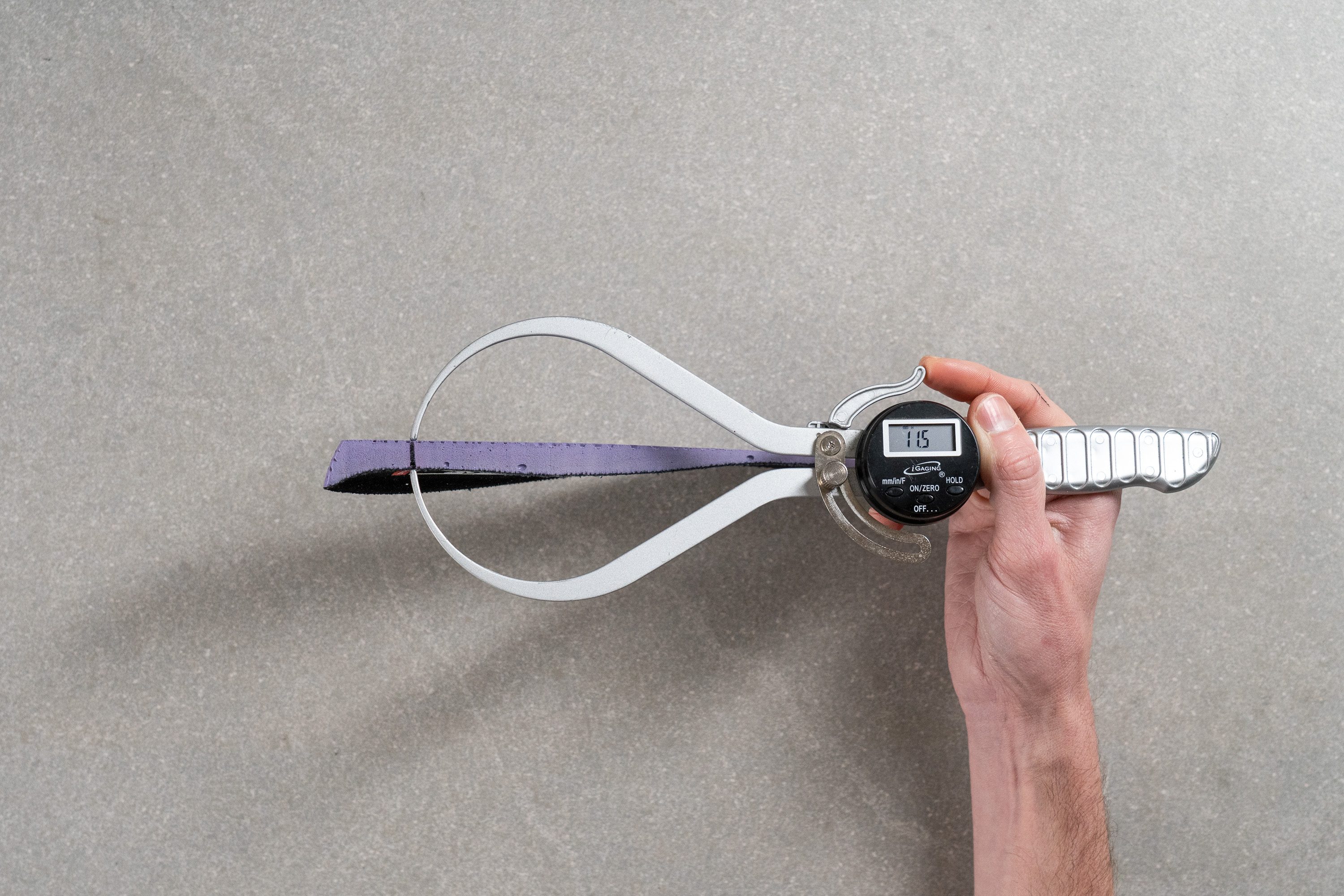
| Half Cab | 11.5 mm |
| Media | 5.1 mm |
Plantilla extraíble
La gruesa y cómoda plantilla que acompaña a las Vans Half Cab es extraíble.
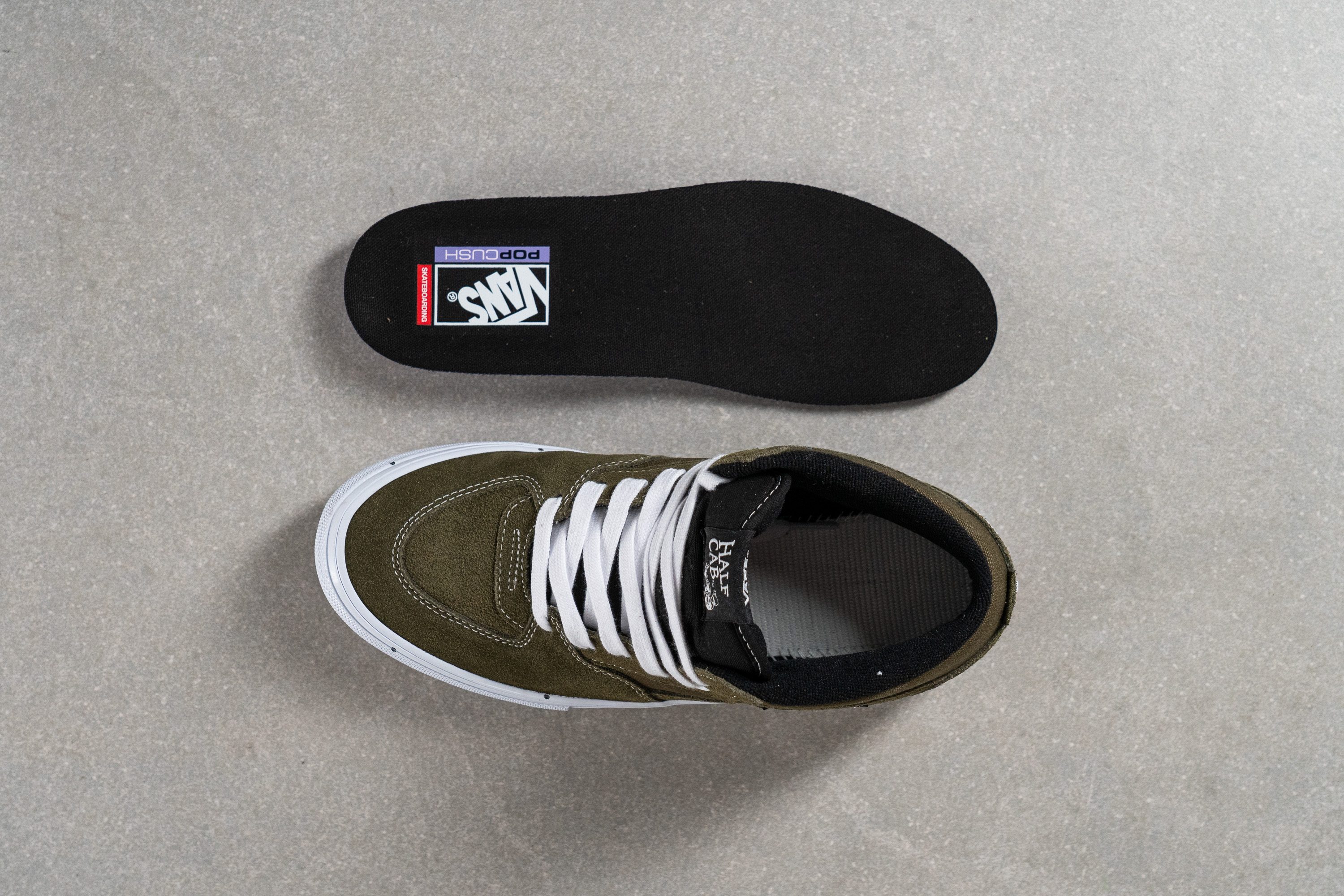
| Half Cab | Sí |
Elementos reflectantes
No tienen elementos reflectantes para mejorar su visibilidad nocturna, así que lo mejor es que te las pongas cuando hay luz.
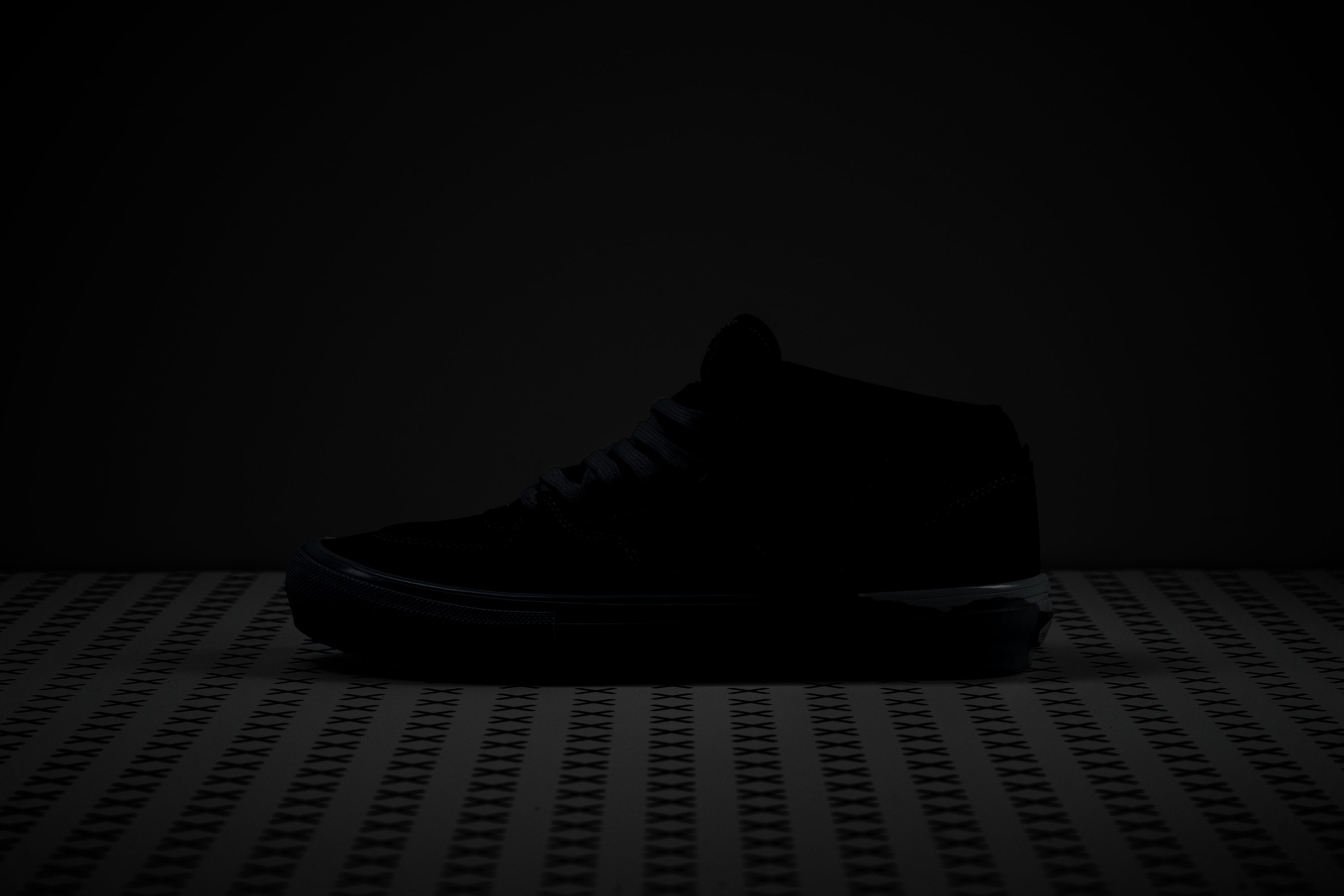
| Half Cab | No |
Acolchado de la lengüeta
Cuando decimos que las Vans Half Cab son de lo mejor en cuanto a protección de la lengüeta y comodidad, no estamos exagerando. Su lengüeta tiene 20,4 mm de grosor, ¡lo que la hace un 129 % más gruesa que la media!
La sentimos cómoda en la parte de arriba del pie y ayuda a que el ajuste sea mejor.
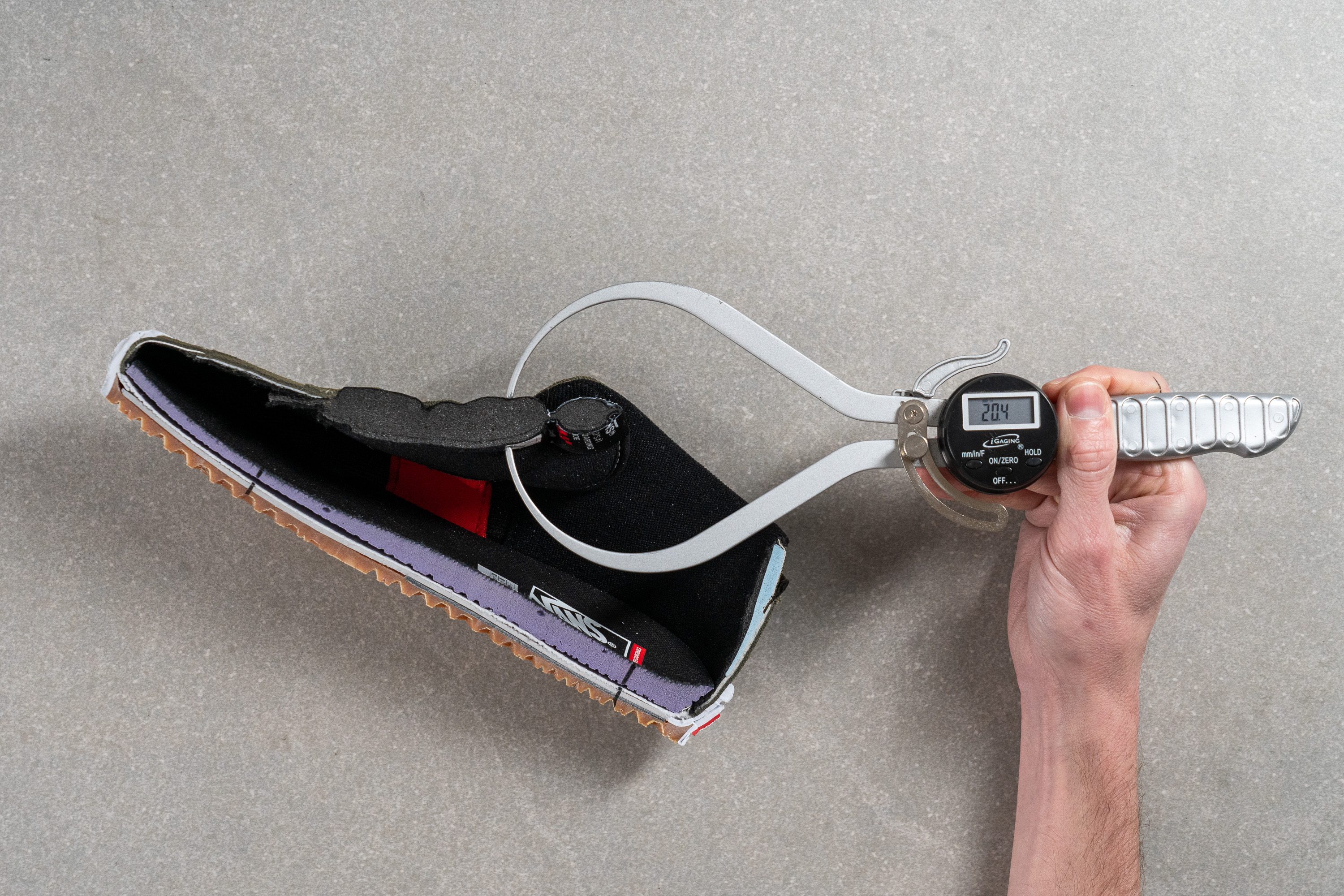
| Half Cab | 20.4 mm |
| Media | 9.6 mm |
Lengüeta: tipo de refuerzo
Ambos lados de la lengüeta están semiconectados al resto de la parte superior. Este diseño hace que la lengüeta se quede en su sitio. También proporciona flexibilidad e incluso transpirabilidad. De hecho, estas zapatillas respiran, sobre todo, a través de la lengüeta.

| Half Cab | Ambos lados (semi) |
Tirador del talón
Estas Vans no tienen, pero tampoco nos pareció un problema porque ponérnoslas y quitárnoslas fue bastante fácil.

| Half Cab | Ninguno |

